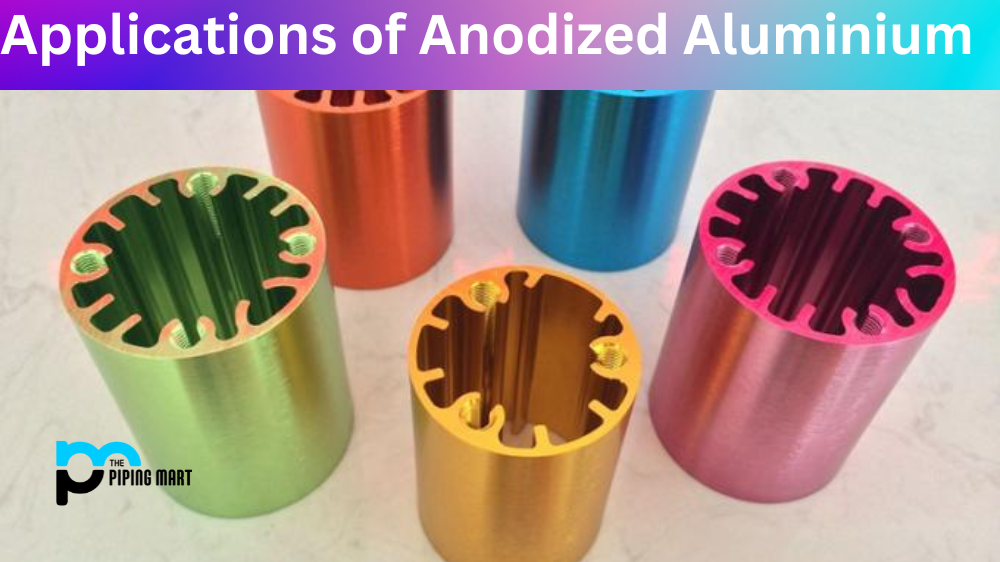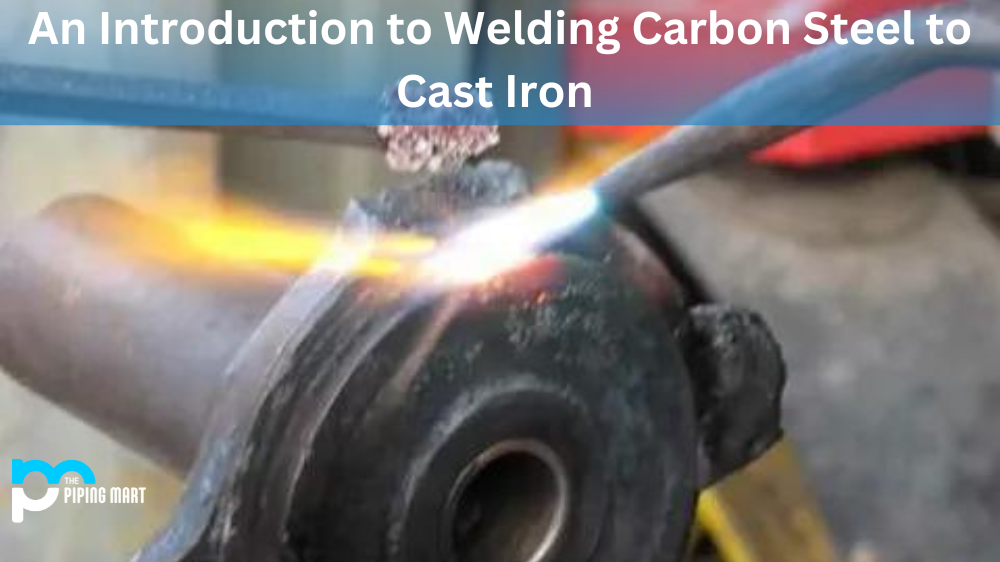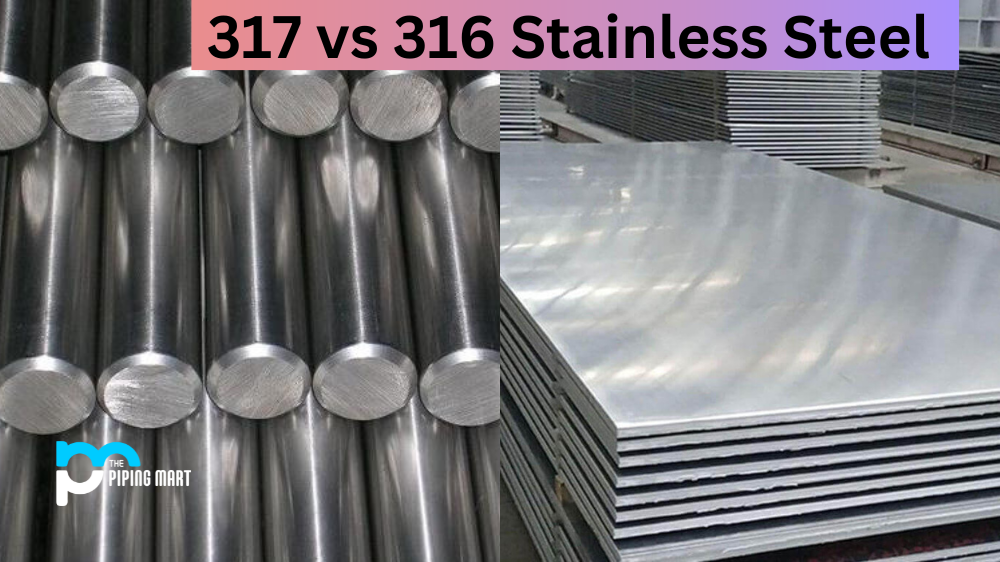Steel is one of the most commonly used materials in industrial applications due to its strength, toughness, and versatility. However, with so many different types of steel available, it can take time to determine the best one to use for your project. Two popular options are 1006 steel and 1018 steel. Both are low-carbon steels that are easy to weld, but which is the better choice for your project? In this blog post, we’ll explore the differences between these two steels to help you make an informed decision.
What is 1006 Steel?
1006 steel is a low-carbon steel with a carbon content of 0.06%. It is commonly used in sheet metal work, automotive panels, and other applications requiring a smooth surface finish. This type of steel is known for its excellent formability and ductility, making it ideal for deep drawing and cold-forming processes.
However, 1006 steel has a lower yield strength and tensile strength than other types of steel, making it less suitable for applications requiring high levels of strength and toughness. It is also more prone to surface defects and can be corrosion-resistant if not properly coated or protected.
What is 1018 Steel?
1018 steel is low-carbon steel with a carbon content of 0.18%. It is commonly used in machine parts, shafts, and axles due to its excellent machinability and wear resistance. This type of steel is also easy to weld and has good formability, making it a versatile choice for many applications.
Difference Between 1006 Steel and 1018
Compared to 1006 steel, 1018 steel has a higher yield and tensile strength, making it a better choice for applications requiring strong and durable materials. It is also less prone to surface defects and corrosion, making it a more reliable option for outdoor applications.
So, which is better for your project?
The answer to this question depends on the specific requirements of your project. If your project involves sheet metal work or other applications that require excellent formability and ductility, 1006 steel may be the better choice. However, if your project involves machine parts, shafts, or other applications that require high levels of strength and durability, 1018 steel is likely the better choice.
It is also important to consider the cost of each type of steel and any additional factors such as surface finish, corrosion resistance, and ease of welding. Consulting with a steel expert or engineer can help you make the best decision for your project needs.
Conclusion
In conclusion, both 1006 steel and 1018 steel are low-carbon steels that offer excellent formability, ductility, and weldability. However, their strength, surface finish, and corrosion resistance differ, making them better suited for different applications. By understanding the differences between these two steels, you can make an informed decision about the best choice for your project.

Abhishek is a seasoned blogger and industry expert, sharing his insights and knowledge on various topics. With his research, Abhishek offers valuable insights and tips for professionals and enthusiasts. Follow him for expert advice on the latest trends and developments in the metal industry.




